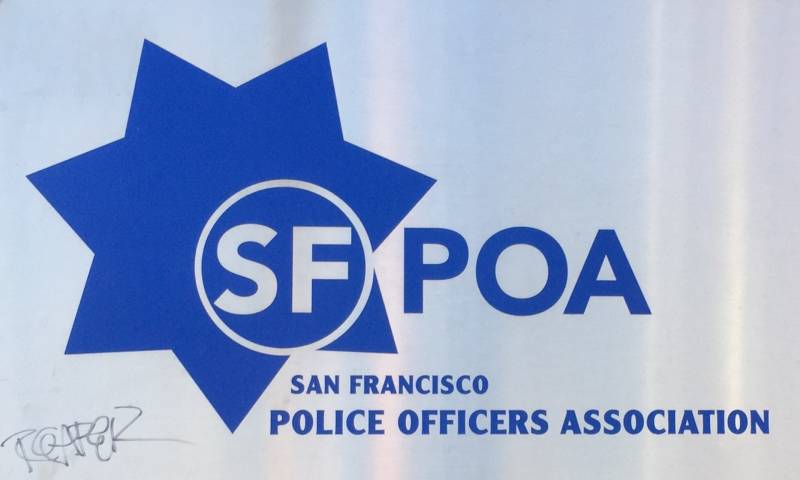The PPIC was trying to show how many more property crimes occurred per 100,000 people in San Francisco in the first six months of 2015, compared with the first six months of 2014, according to the post's authors. That rate did increase by 666.9 in raw numbers, from 2,508.5 property crimes per 100,000 residents in the first half of 2014 to 3,175.4 between January and June, 2015. That's according to preliminary 2015 crime data from the FBI.
But if we're talking percentages, that's a 26.6 percent increase in the rate, not 666.9 percent.
"There is a large difference," said PPIC senior fellow Magnus Lofstrom, who co-authored the blog post. "I’ve been working with crime statistics for a number of years now, and this is the first time I’ve heard the numbers being mis-cited to this extent."
San Francisco's actual property crime percent increase between the first half of 2014 and the first half of 2015 was also 27 percent -- from 21,330 crimes to 27,001, again according to FBI data.
"It’s still a big increase," PPIC research associate and post co-author Brandon Martin said, but both he and Lofstrom said it's far too early to tell what, if any, role Proposition 47 has played in San Francisco's surging property crime rate.
"We made historic changes to our incarceration rate," Martin said, noting decreases in the tens of thousands in prison and jail populations in recent years. "As you change incarceration rates, you may see changes in crime rates."
The researchers said more comprehensive statistics for 2015 will likely come out over the summer, from both the FBI and California Department of Justice, and a clearer picture of Proposition 47's impact could emerge then.
Halloran said Friday that the release was inaccurate, but he stood by the assertion that Proposition 47 is contributing to a rise in crime.
"I think it was pretty deceptive," he said. "Now we're suffering the consequences of that."
"For those who say that it’s too early to tell, I would have agreed with them this time last year," he said. "I no longer agree with them. Prop 47 has been on the books now for well over a year, and the results are in."
The question of which San Francisco official should shoulder the blame for a crime increase leads to another layer of data -- arrests versus prosecutions.
San Francisco district attorney spokesman Max Szabo said while reported property crimes climbed by more than 6,000 between the first halves of 2014 and 2015, SFPD presented fewer cases to the DA.
A surge in car burglaries over the past several years has driven San Francisco's property crime increase, the Chronicle reports, quoting SFPD leadership.
"San Francisco has an auto burglary problem," Szabo said, noting that prosecutors charged 115 more of those cases in 2015, compared with 2014. But, he said, police make an arrest in only about 2 percent of reported auto burglaries, and that rate held steady between 2014 and 2015.
"They’re desperate to evade scrutiny, even if that means hoodwinking the public," Szabo said. "The POA and its lackey are issuing recklessly false statements in an attempt to discredit efforts towards reform and it’s shameful."

